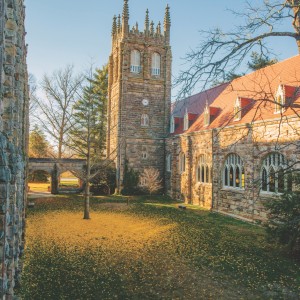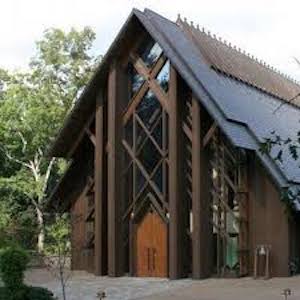Grounds
In 1989, Sewanee became a Tree City USA and has been recognized as a Tree City each year since. This program is sponsored by the Arbor Day Foundation and is administered by the State of Tennessee Division of Forestry.
In 2013, the campus was designated a Tennessee Certified Arboretum by the Tennessee Urban Forestry Council. The arboretum map kiosk is located at the corner of University and Georgia Avenues, near Convocation Hall.
The Forest Stewardship Council (FSC) certification represents a global “gold standard” in forest management that aims to ensure that forests remain productive while protecting local water quality, maintaining a healthy forest cover, prohibiting hazardous chemicals, respecting local communities, and much more. Sewanee became certified in ####.
A Sustain Leader student project, the rain garden installed next to McGriff Alumni House helps mitigate stormwater runoff from McGriff and from Georiga Avenue with hundreds of water-loving perennials and tons of sand, gravel, and rocks. The project was made possible through a collaboration with Facilities Management, the Office of Environmental Stewardship and Sustainability, and Sustain Sewanee.
As of 2015, the Domain hosts 19 state protected plant taxa, one of which is also federally protected, Huntsville vasevine (Clematis morefieldii). Three species are considered endangered in the state: Cumberland rosinweed (Silphium brachiatum), Barrens silky aster (Symphotrichum pratense), Elf orpine (Diamorpha smallii).
Sewanee’s position atop four subwatersheds offers unique research opportunities for both research and stewardship.The Sewanee Headwaters Initiative was developed to support projects that will assist local communities in better understanding our aquatic systems and to help secure a healthy future for all affected – because what happens here matters elsewhere.
Lawns at Sewanee are “weedy” by design. We maintain mixed species lawns that are mown seasonally. This is a low maintenance way to provide functional lawns that also supply pollen, remove the need for fungicides and irrigation, reduce fertilizer inputs, and are ecologically diverse.
***Not sure why but the font above is wrong and so is the size and formatting...
What's Next
this still needs to be written

